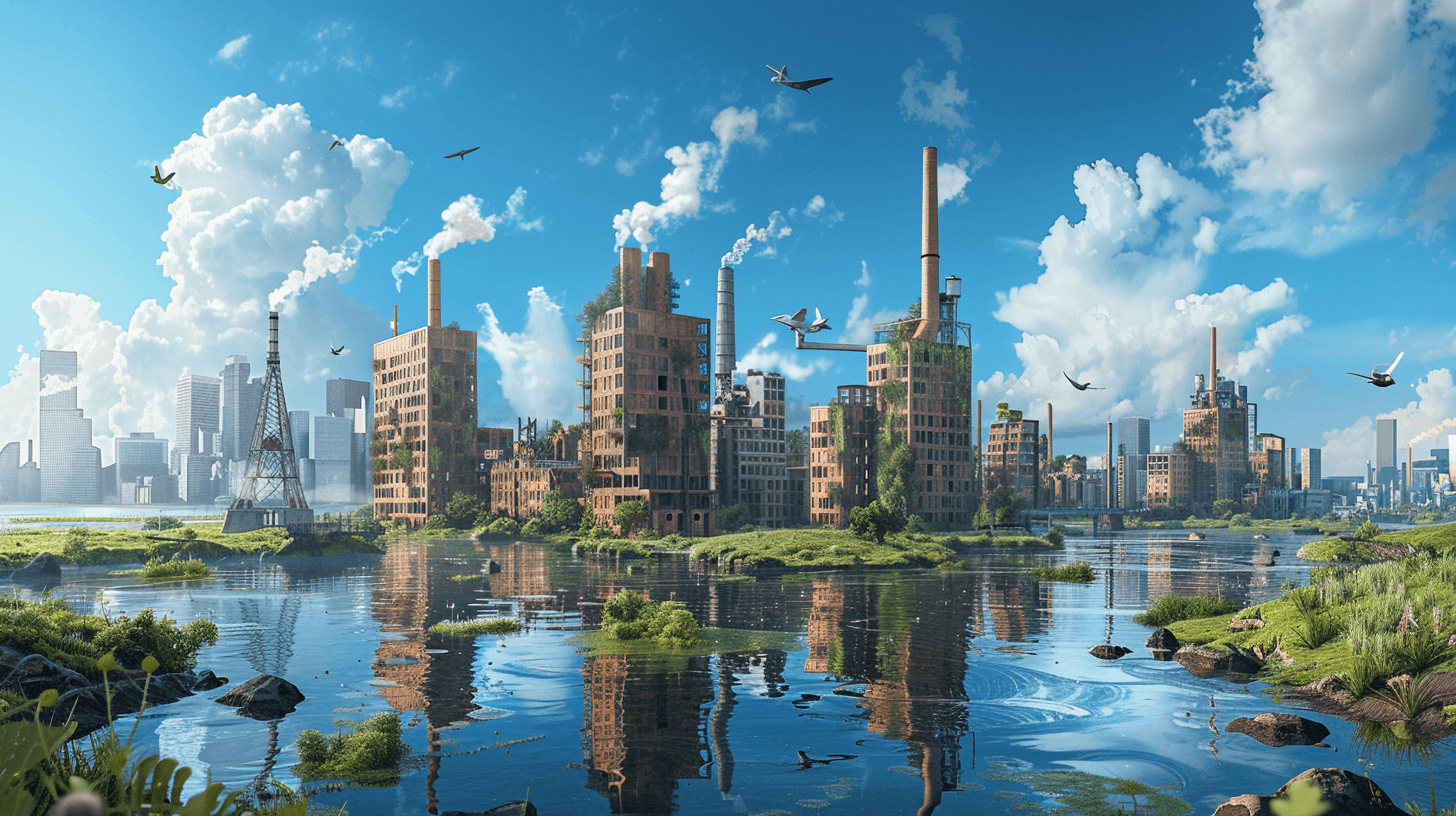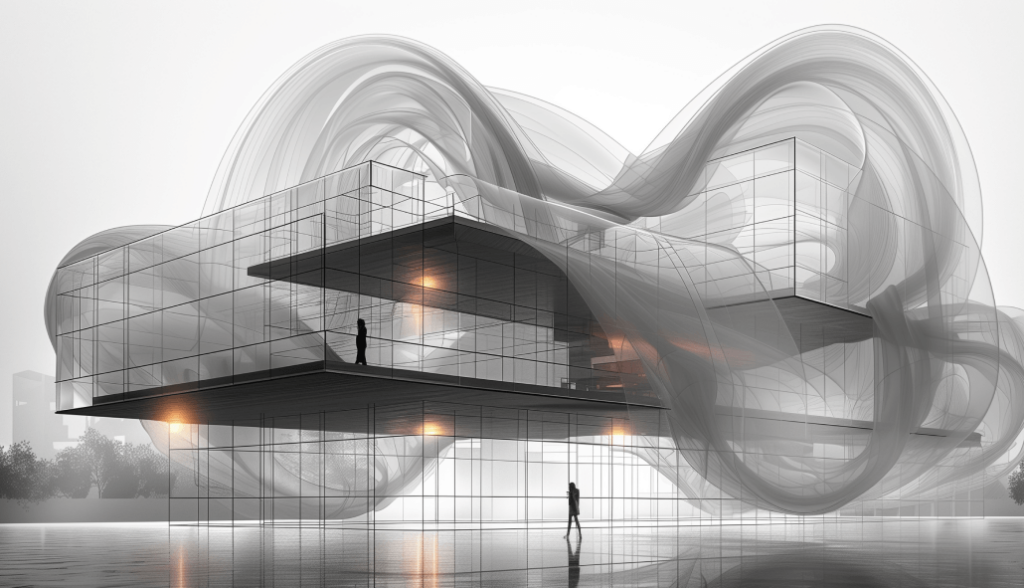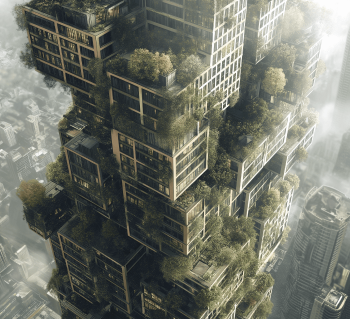Article
Green building rating systems for sustainable parameters of the built environment
A hoax or the need of the hour
“Whatever can be measured, can be improved and whatever can be measured and improved can be institutionalized. “ - Ar. Sandeep Shikre
The Architecture of India dates to more than 7000 years that has deep roots in sustainable principles through its elements. Ancient India pioneered environment-friendly techniques and characteristics in its architecture. Well articulated Jalis for glare control, courtyards and roof gardens for reducing heat island effect, cavity walls and verandahs for insulation, step-wells for evaporative cooling, microclimate responsive forms, vernacular materials etc. have been proven as trendsetting approaches for sustainable architecture. To overcome today's challenges of rapid urbanisation with a 40% annual growth rate, accommodating burgeoning urban population with a growth rate of 2.32% last year and adverse impacts on nature, we need to incorporate our legacy of these time-tested techniques with modern innovations and technologies. Along with this, the green building rating systems have set a very effective tool for implementation, measurement and motivation for society and all stakeholders.
Why and When rating systems were established?
Globally green building is defined as "the practice of, increasing the efficiency with which buildings and their sites use energy, water, and materials, and, reducing building impacts on human health and the environment, through better siting, design, construction, operation, maintenance, and removal — the complete building life cycle." And Green building rating systems determine relative levels of compliance or performance with goals, standards and set parameters to develop environmentally friendly and efficient projects throughout the project life cycle.
In the early '80s, society realised that construction had both direct and indirect impacts on the environment that were negative. Therefore, conscious efforts were required to spread awareness on the necessity of using sustainable products and mindful designing of the built environment. However, only spreading awareness was not enough. Factual scientific results were required to be assessed to have achievable targets for reducing the negative impact on the environment and human wellbeing. From the 1970s to the 1980s, lifecycle assessments (LCAs) were gaining traction, and the word was first coined in 1991. With growing awareness of the environmental implications of human activities, a more comprehensive assessment of buildings based on LCA principles was in high demand.
Today the abuse of nature by the construction industry as one of the top runners is due to the non-judicious, rapid urbanisation and construction development across the globe. While these advancements have significantly improved the standard of living for a few, they have also resulted in overexploitation of our planet's resources, destruction of ecosystems, and climate change! According to the 2019 Global Status Report for Buildings and Construction,40 per cent of energy-related greenhouse gas emissions are frombuildings and construction sector, which is alarming. With this, Climate change is posing an existential crisis for humanity. With rising global temperatures, melting ice caps, rising sea levels and man-induced natural calamities, the effects of climate change are now more evident than ever before.
The first green rating system globally, BREEAM, was introduced in the 1990s in the UK, followed by the United States' Leadership in Energy and Environmental Design (LEED) rating system in 2000. The nine categories of BREEAM are: "Management, health and wellbeing, energy, transport, water, materials, waste, land use and ecology, and pollution" and LEED addressed in seven categories: "Sustainable sites, water efficiency, energy and atmosphere, materials and resources, indoor environmental quality, innovation in design, and regional priority" There are now estimated to be over 600 green certification systems in use around the world.
Rating systems in India and Government advocacy
There are many leading Organisations rating systems in India to suit the Indian context: Leadership in Energy and Environmental Design (LEED-INDIA), Indian Green Building Council (IGBC), Green Rating for Integrated Habitat Assessment (GRIHA) and Green and Eco-Friendly Movement (ASSOCHAM-GEM). All these rating systems are voluntary based and strive to make India an environment-friendly country in the next few years. Today, within IGBC itself, there are 29 rating systems for various building typologies that address the most important national priorities, including water conservation, handling waste, energy efficiency, reduced use of fossil fuels, lesser dependence on usage of virgin materials and health & wellbeing of occupants. IGBC has contributed around 7.86 billion sq. ft of green footprints are at no. 2 in the world. All rating systems are dynamic, and there are continuous upgrades as the industry has realised and accepted the overall benefits of going green.
Along with this, The Government of India, over the last two decades, has initiated several new missions & policies that support the path towards net-zero carbon buildings, cities and nations over the last two decades. To name a few missions & policies –
Energy Conservation Act (2001), Energy Conservation Building Code (2007), National Action Plan on Climate Change (2008) –Perform Achieve Trade Scheme, National Solar Mission (2010), Swachh Bharat Mission (2014), Green India Mission (2015), Smart City Mission (2015), National Energy Policy (2018), and Sustainable Public Procurement (2018).
Various government regulatory bodies such as Theof Environment and Forests (MoEF) and Development Control Regulatory of each town/city, The National Building Code(NBC) have now mandated some of the sustainable principles to be incorporated in building design and ongoing construction to evaluate buildings with a holistic evaluation system through architecture design, materials and engineering.
Post Occupancy Evaluation
With Government supported policies and rating systems in place, one more factor plays an important role in assessing building LCA and performance, which is POE (Post Occupancy Evaluation). POE is the process of analysing how functional and comfortable a building is after users have been occupying it for some time, generally after six months. This method aids architects and other stakeholders in better understand the impact that spaces have on human behaviour by enabling them to see connections between environmental and human influences. POE involves objective measures such as environmental monitoring, space measurement and cost analysis, and feedback from the building occupants through questionnaires, interviews, and workshops, but may also involve more. In addition, it enables to constantly update and upgrade the rating systems as per the need of today and tomorrow.
Today there is little development in this sector, but it is progressively growing with more people understanding the gravity of environmental impacts on mother earth and life. Many POE case studies are now available with Green Building Organizations reflecting the benefits to the Occupants and the positive impacts on built structures in the micro contexts.
Are Green Buildings expensive?
There is a notion that sustainable buildings are expensive and overshoot the budgets. Going sustainable encourages using materials, equipment, and systems with higher performance parameters and manufactured in environment-conscious factories that consider carbon footprints of all raw materials and processes. A few decades ago, there was a considerable cost difference between sustainable products and economical and quickly available ones. Today, the scenario has changed with like-minded manufacturers, material suppliers, technocrats, and end-users taking the route of making and using eco-products. The marketplace of the design and construction of high-performance buildings is dynamic and evolving. Professionals throughout the building industry use assessment rating systems to evaluate and differentiate their products or design. Due to this, the cost difference has been reduced to a meagre 2 to 3% of the overall project cost, which also gets absolved in a few years of occupancy since the OPEX cost reduces drastically.
What do we achieve?
Many yet are not convinced by the green building rating systems and consider the entire gamut superfluous. To this, I would like to give a simple inference. When one buys any packaged food product from the market, they are bound to see the ingredient list and nutritional value table given on the backside of the packaging. We are conscious of what we buy as per our set standards of healthy eating. Similarly, each built environment has its parameters that need to be set, assessed, and implemented for a healthy structure, the wellness of its occupants, and the protection of nature. There are tangible and intangible benefits of having rating systems like:
Environmental goals can be set.
It is possible to work towards certain objectives.
The environmental performance of a product can be validated.
Third parties can see your environmental performance.
Improvement is measurable and demonstrable.
Green education can be promoted and assisted.
It is possible to create positive marketing.
In the real estate market, it raises the monetary value of a structure or property.
Green buildings Organisations have demonstrated tremendous benefits, both tangible and intangible, through these rating systems. The most tangible benefits are the reduction in water and energy consumption right from day one of occupancy. The energy savings could range from 20 - 30 % and water savings around 30 - 50%. The intangible benefits of green buildings include enhanced air quality, excellent daylighting, health & the wellbeing of the occupants, safety benefits and conservation of scarce national resources.
Today with the success of green building rating systems towards improvising the degenerating nature, Govt, Semi-govt, institutional, and big fortune 500 companies have taken an oath to create every new sq. ft and refurbish their existing built environments into sustainable ones by putting them in the category of top rated green buildings.
To conclude, As our collective commitment for Better tomorrow Go green, start well… grow well… stay well…
Read More
- © 2024 SSA. All Rights Reserved.
- Terms of Use



